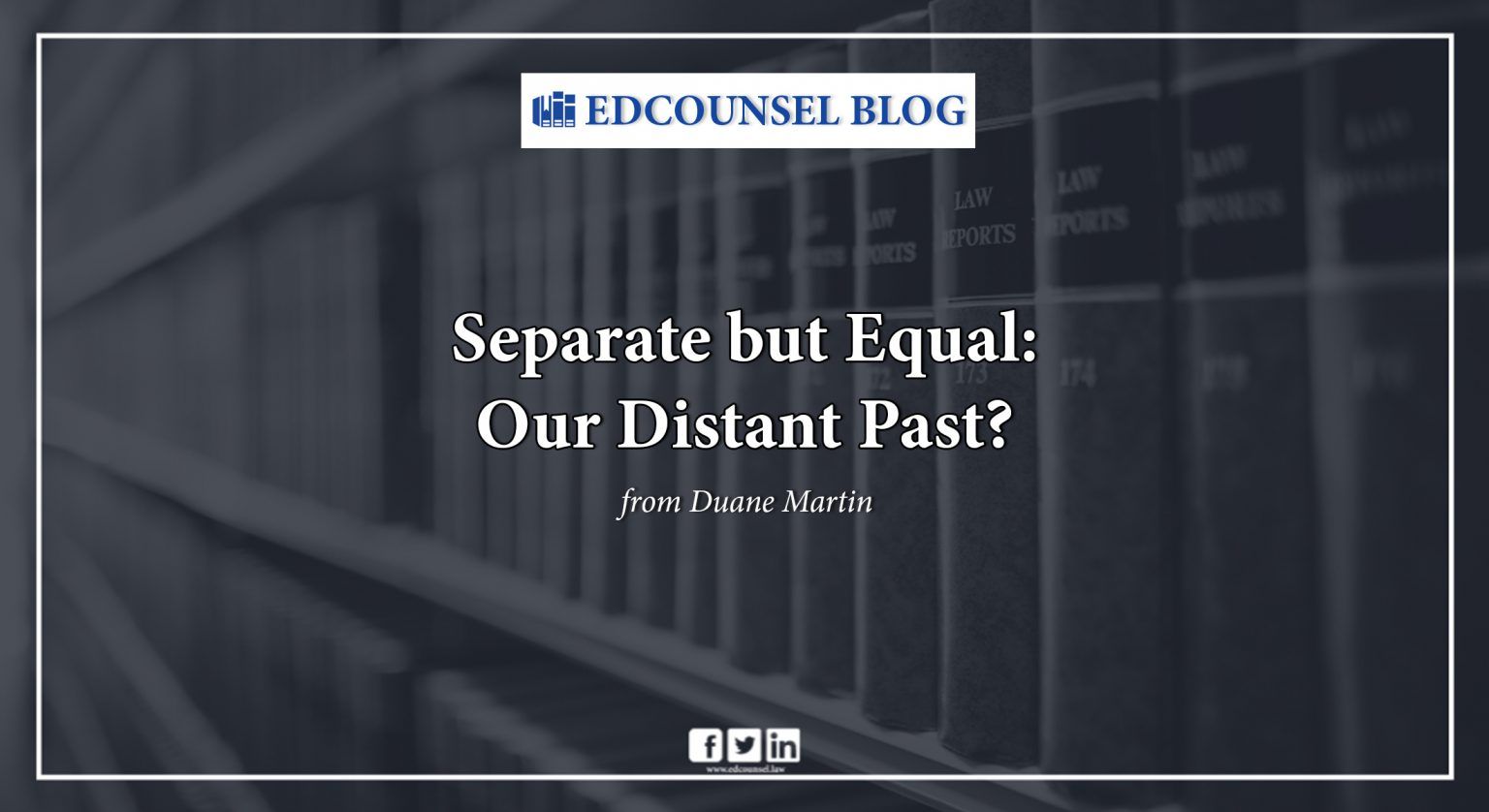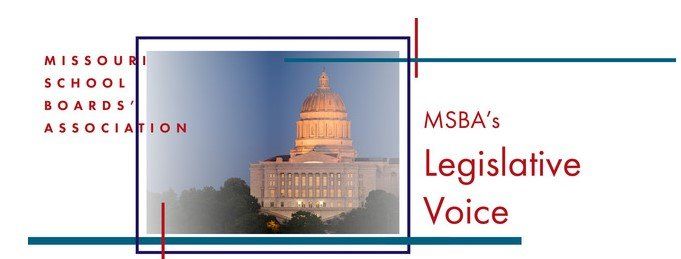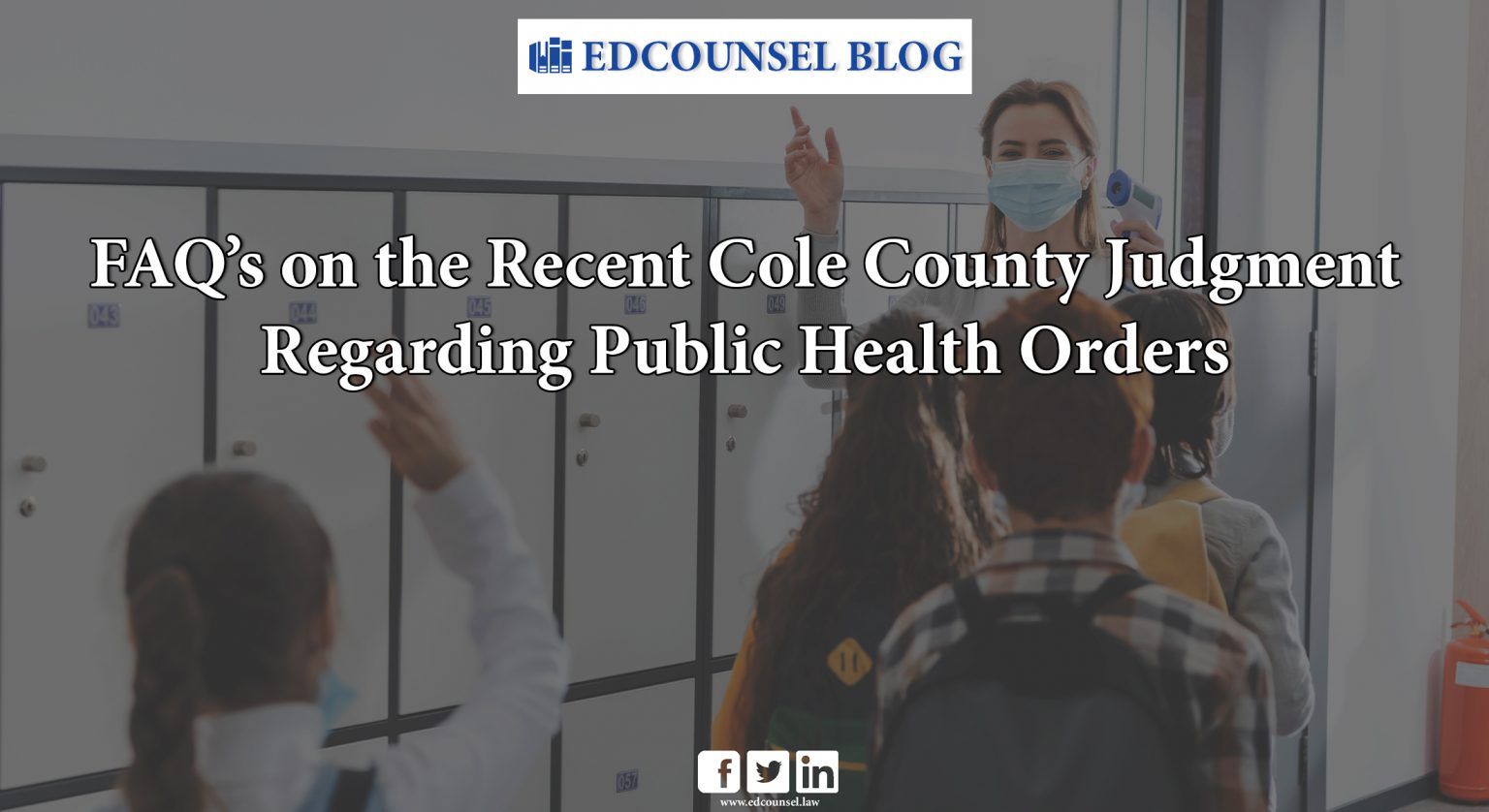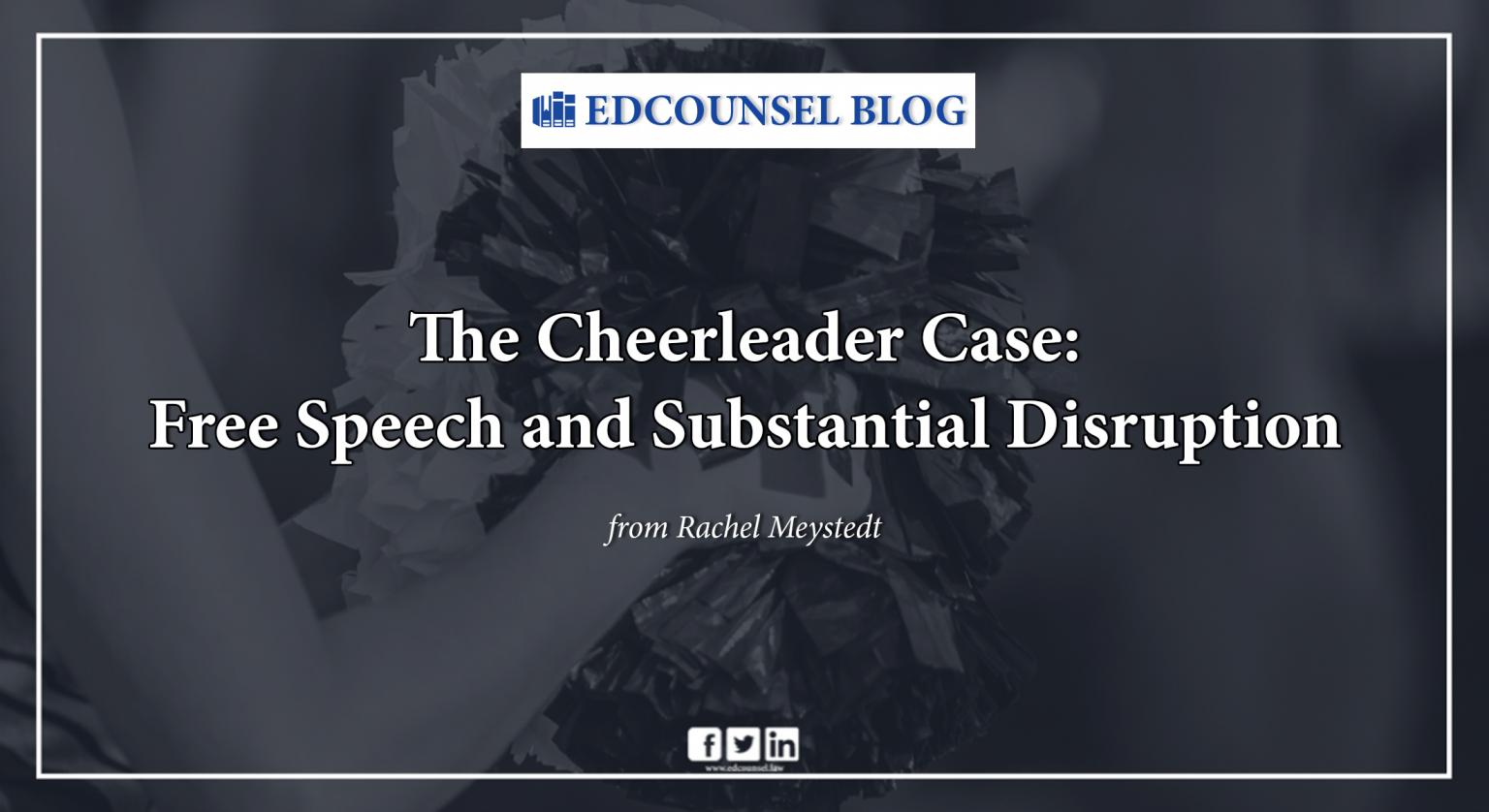
With all the discussion of late about race and history, it occurred to me that I don’t know as much about this aspect of Missouri school law as I should. As I thought about some of the issues that we are all grappling with today, it dawned on me that I didn’t even know when Missouri had eliminated the law that required a separation of school children based upon race. When I looked into the issue, I was interested to learn the following:
- When Missourians adopted our current Constitution in 1945, it included a provision that stated: “Separate schools shall be provided for white and colored children, except in cases otherwise provided by law.” Mo. Const. 1945, Art. IX, § 1(a).
- Nine years later, the United States Supreme Court decided Brown v. Board of Education. By ruling that “separate but equal” was unconstitutional, the U.S. Supreme Court effectively abrogated the Missouri Constitutional provision requiring separate schools based upon race.
- Despite the ruling in Brown in 1954, it took an additional 22 years for Missourians to amend our Constitution to eliminate the “separate but equal” clause.
- On August 3, 1976, a slim majority of Missourians (57.5%) voted to repeal the Missouri Constitutional provision requiring separate schools based upon race.
- In the repeal vote, 42.5% of Missouri voters were against removing the language of the Constitution that stated, “Separate schools shall be provided for white and colored children….”
As I processed these facts, I tried to put them in the context of my life. At a time when I had shared my third-grade classroom with Black students, 442,103 Missourians voted to retain a constitutional provision that required separate schools for Missouri’s children based upon their race.
The history of Missouri public education is filled with innumerable inspiring moments for which we all should be proud. Our history should be celebrated for all that we have accomplished for the children of Missouri of all races. This point should not be lost in the current discussion of how race has impacted our history.
Equally important, however, is the history of our failures and the unfortunate truth of our past. It is easy to assume that we are much further removed from it than we truly are. Perhaps it is time to objectively look at the historical facts of Missouri public education, the good and the bad, and accurately place them in the context of our lives.
Our history warrants it. Our future depends on it.




